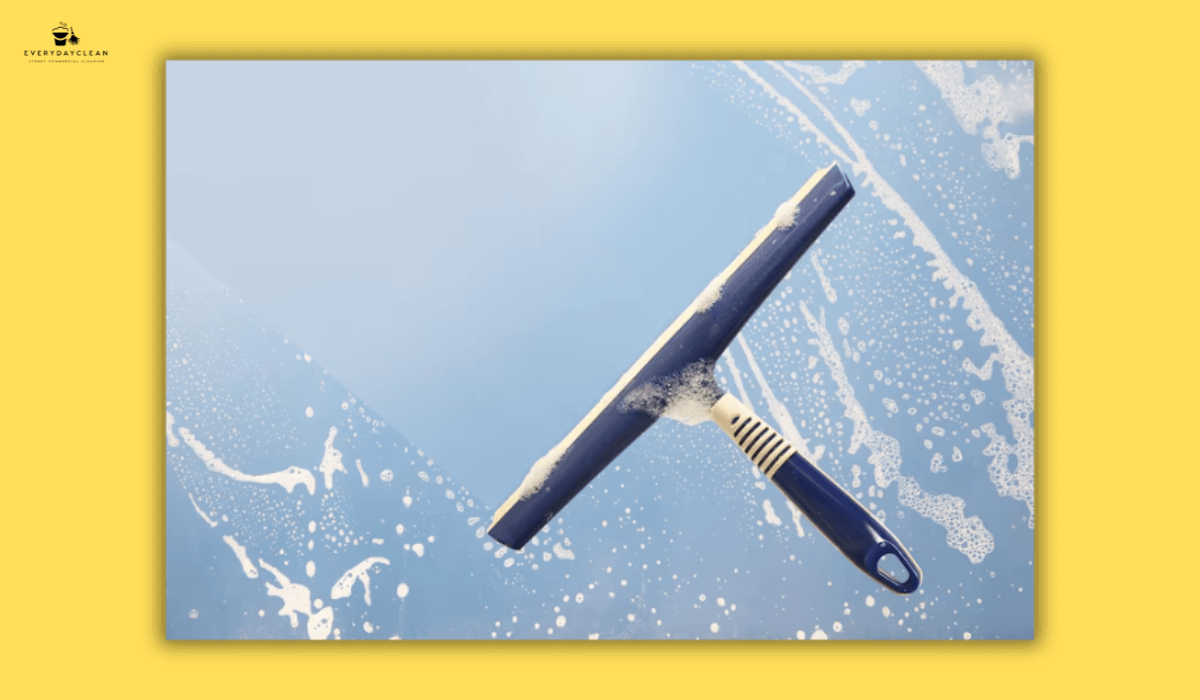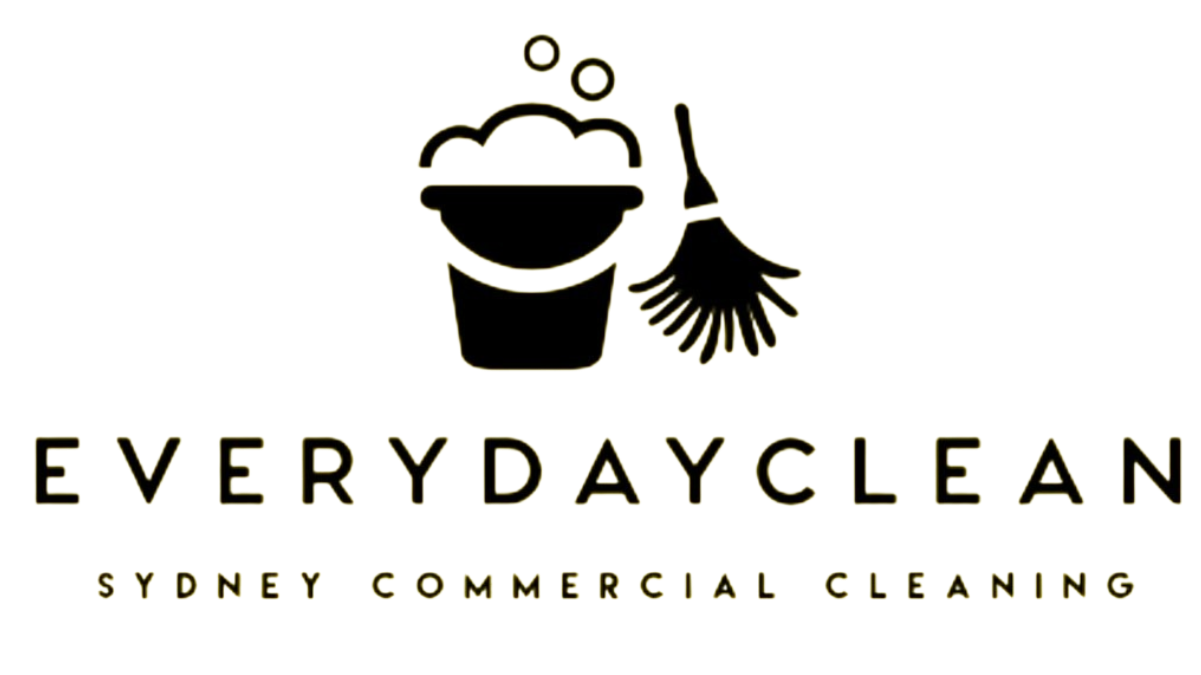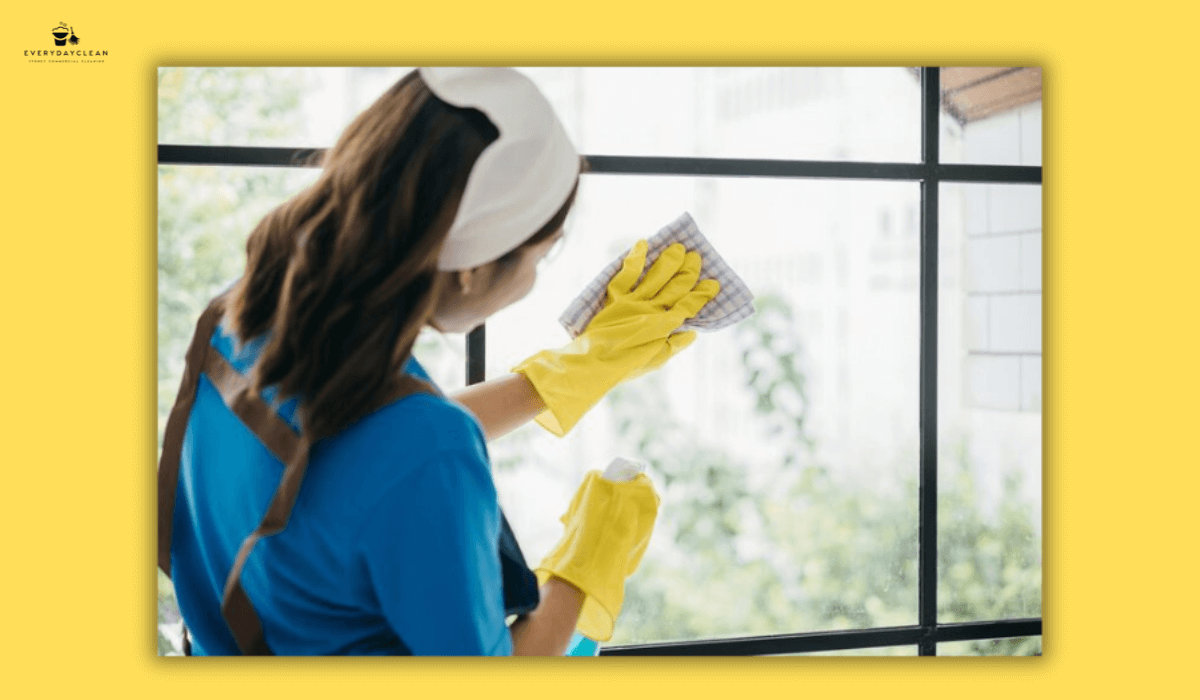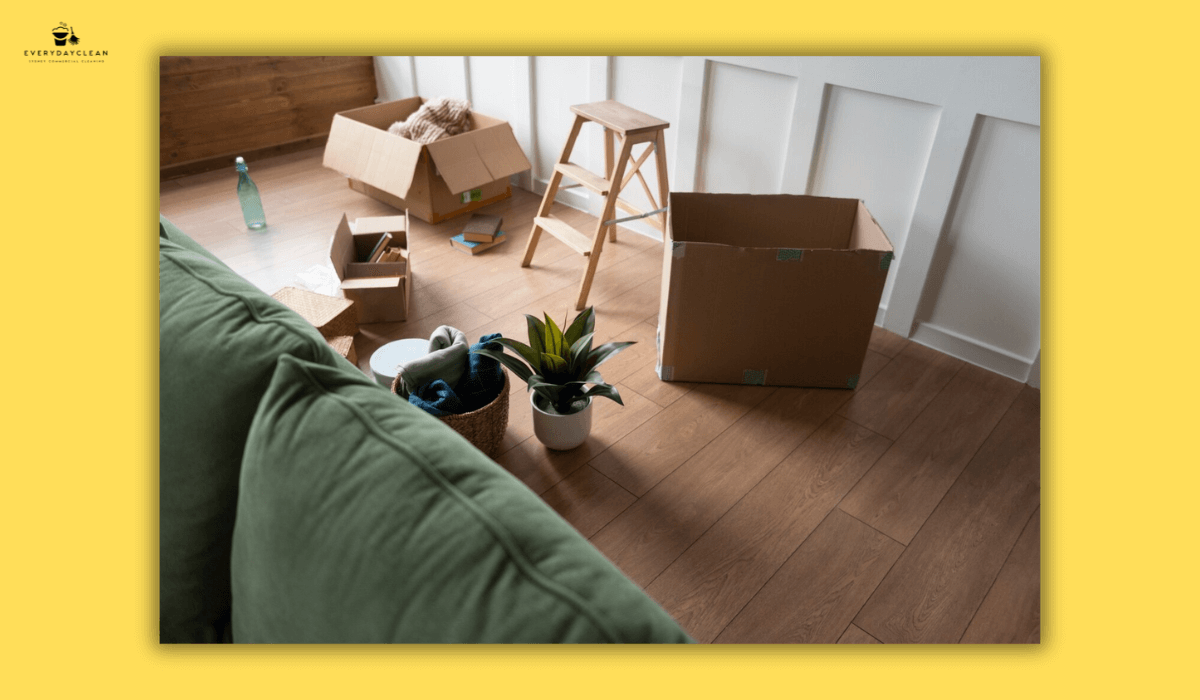10 Best Ways to Clean Furniture Upholstery Safely
The best way to clean furniture upholstery is to focus on removing stains, lifting odours and restoring fabric without causing damage. Upholstery absorbs dust, oils, spills and pet dander quickly, and the cleaning method determines whether the fibres stay strong or begin to deteriorate. The most effective approach is a low-moisture process that loosens soil gently, avoids overwetting and prevents issues like rings, fading or slow drying.
Before moving into the toplist, it helps to recognise that upholstery performs best when moisture is controlled, and cleaning solutions are applied with precision. Using the correct technique allows dirt to release from the fibres while keeping the fabric stable. The following ten methods reflect what consistently works across Australian homes and professional upholstery cleaning services.
10 Best Ways to Clean Furniture Upholstery
This toplist is the main content block. Each method is explained using a cleaning-focused lens for clarity and practical results.
1. Vacuum Upholstery Thoroughly Before Any Wet Cleaning
Dry soil removal prevents dirt from becoming muddy when moisture is introduced. Vacuum slowly, using the upholstery brush to lift debris from seams, creases, tufts and piping. This step prepares the fabric so stains can be treated properly and prevents abrasiveness that leads to fibre wear.
2. Identify the Fabric Code to Choose the Correct Cleaning Method
Fabric codes guide which cleaning solutions are safe. W fabrics accept water-based cleaners. WS fabrics accept water or solvent. S fabrics require solvent-only cleaning. X fabrics must be vacuumed only. Checking the label ensures the fabric will not shrink, fade or distort during cleaning.
3. Test Any Cleaner in a Hidden Spot Before Applying It Fully
Even safe cleaners can react differently to certain dyes or textures. A small test patch behind a cushion reveals whether colour bleeds, texture changes or residue forms. This test ensures the rest of the upholstery can be cleaned confidently without surprises.
4. Use Enzyme Cleaner for Organic Stains and Odours
Enzymes break down biological stains such as food spills, sweat, pet accidents and odour-causing residues. Apply lightly, allow dwell time and blot gently. Enzymes reach deeper than general detergents and prevent stains from resurfacing during drying.
5. Use Solvent Cleaner for Oily or Greasy Stains
Makeup, cooking oils, sunscreen and body oils require solvent-based solutions because water cannot dissolve grease. Light application dissolves the stain so it can be blotted out. This method is especially effective for S-coded fabrics that cannot tolerate moisture.
6. Deep Clean with Steam for Sanitising and Odour Removal
Steam cleaning suits W and WS upholstery because it removes embedded soil and refreshes fibres without overwetting. Light steam passes loosen debris and improve hygiene, especially useful for allergy-prone households and pet-friendly homes.
7. Clean Delicate Fabrics with Controlled Moisture and Soft Brushing
Velvet, chenille and microfibre fabrics must be cleaned gently. Light misting, soft brushing and careful blotting preserve the nap while removing soil. This technique protects texture, prevents crushing and maintains a smooth appearance.
8. Clean Leather Upholstery with pH-Balanced Leather Products
Leather requires hydration-based cleaning. A leather-safe cleaner removes dirt without stripping oils, and conditioner restores suppleness. This prevents cracking and dryness, especially on high-use areas such as armrests and seat cushions.
9. Use a Microfibre Upholstery Brush to Lift and Refresh Fibres
Brushing revitalises the fabric pile and helps remove dust from deeper layers. It also improves airflow, which supports faster drying. This step is particularly useful after cleaning to restore the uniform look of the upholstery.
10. Neutralise Odours Using Baking Soda or Enzyme Deodoriser
Baking soda absorbs general odours effectively, while enzyme deodorisers break down the source of stronger smells. This is especially valuable for households with pets or recurring food spills. Vacuum thoroughly after treatment to leave the upholstery fresh.

How to Clean Furniture Upholstery Step by Step
Before moving into product comparisons and FAQs, a complete step-by-step method helps unify the cleaning process.
- Vacuum all surfaces thoroughly.
- Identify the fabric code.
- Spot-test cleaning products on a hidden area.
- Pre-treat stains with the appropriate cleaner.
- Apply a low-moisture cleaning solution.
- Blot and extract soil gently.
- Rinse lightly if required.
- Allow upholstery to dry fully using airflow.
- Brush fibres to restore texture.
- Inspect and re-treat stubborn stains if needed.
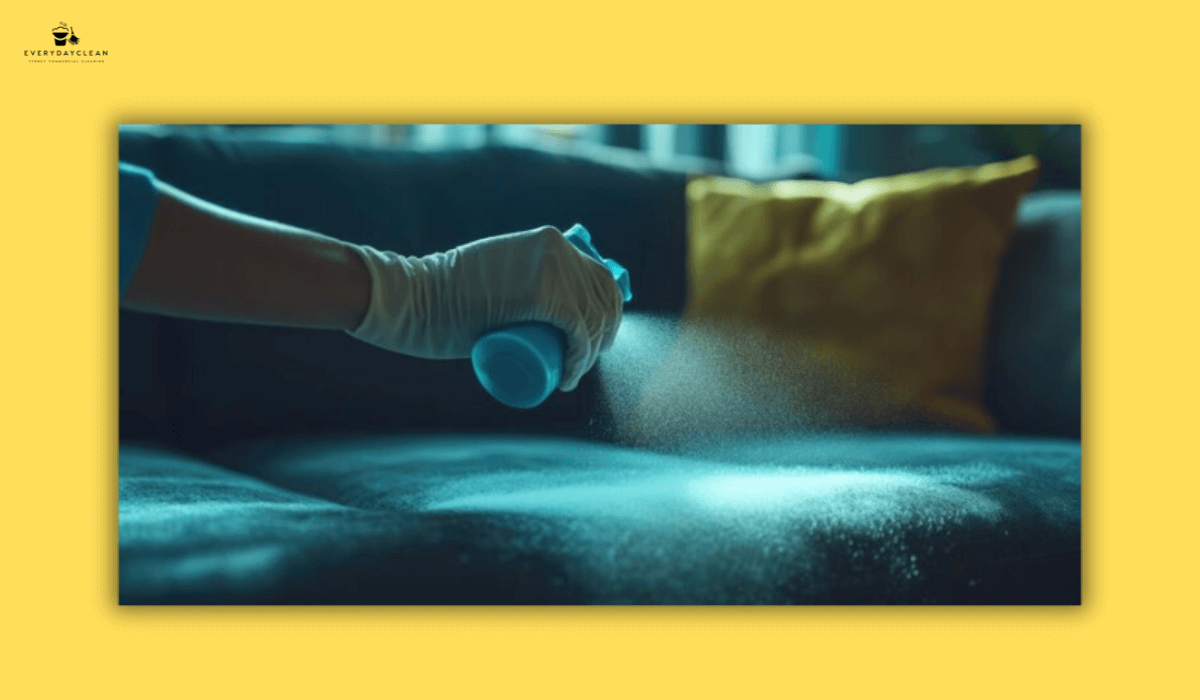
Best Products and Tools for Cleaning Upholstery
Before viewing the table, it helps to recognise that each product provides a different cleaning advantage. Some are designed for organic stains, others for oily marks, and some for fibre maintenance. Selecting the correct product ensures the upholstery is cleaned safely and efficiently. For professional guidance, check out our upholstery cleaning services for both residential and commercial needs.
| Product / Tool | Best For | Material Compatibility | Key Benefit |
|---|---|---|---|
| Enzyme Upholstery Cleaner | Food spills, sweat, pet accidents | Most W and WS fabrics | Breaks down organic matter at the source |
| Solvent Upholstery Spray | Makeup, oils, grease | S-coded fabrics | Removes oily residue without water |
| Microfibre Brush | Dust removal, pile refreshing | All fabrics | Lifts fibres safely and improves airflow |
| Steam Cleaner | Deep sanitising and deodorising | W and WS fabrics | Loosens embedded soil and reduces bacteria |
| Leather Conditioner | Dry or ageing leather | All leather types | Restores oils and prevents cracking |
Maintenance Routine to Keep Upholstery Clean Longer
Maintenance supports longevity and reduces the need for heavy cleaning. These habits keep fibres in better condition and reduce deep staining.
- Vacuum weekly to remove surface dust and grit.
- Rotate cushions to distribute pressure evenly.
- Treat spills immediately before they settle.
- Brush pets regularly to reduce hair and dander.
- Apply fabric protector spray where suitable.
- Avoid eating or drinking over upholstered furniture.
- Schedule deep cleaning every six to twelve months.
Consistent maintenance prevents premature ageing, improves fabric hygiene and keeps furniture looking fresher for longer.
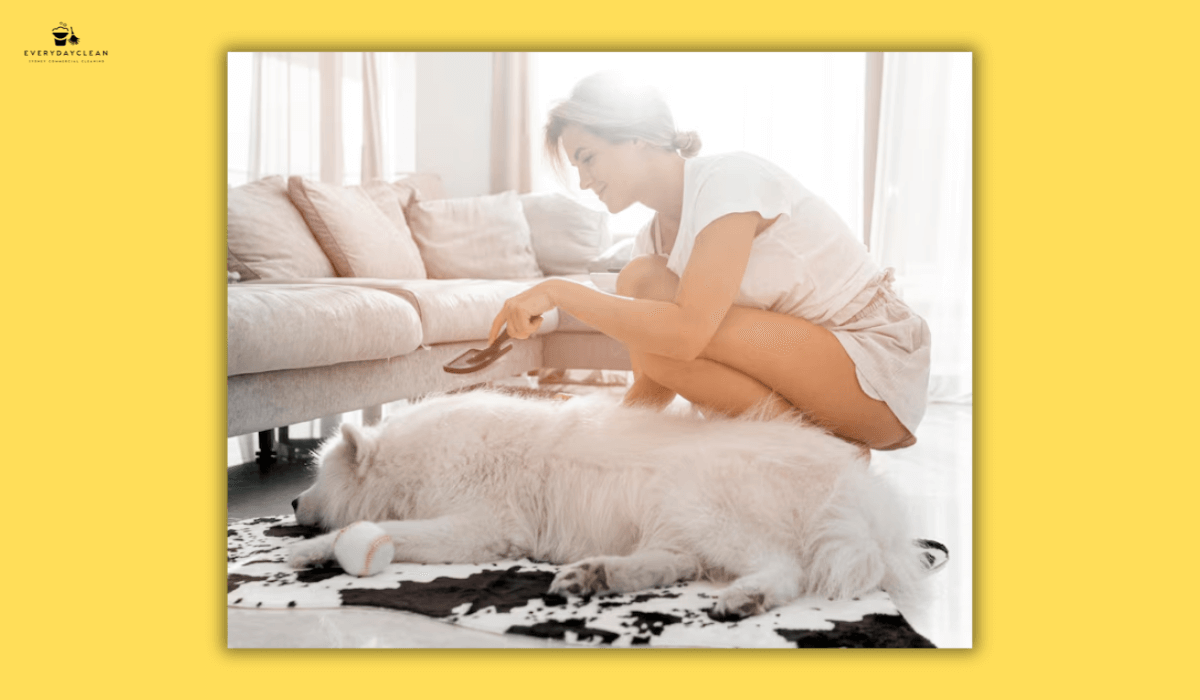
FAQs About the Best Way to Clean Furniture Upholstery
To help you keep your furniture looking fresh and well-maintained, here are some frequently asked questions about the best ways to clean upholstery effectively.
How often should furniture upholstery be cleaned?
Upholstery should be deep cleaned every six to twelve months, depending on household size, pets and overall usage. High-traffic areas accumulate oils, dust and bacteria much faster, which affects both cleanliness and fabric life. Weekly vacuuming helps prevent buildup, but deep cleaning removes embedded soil that vacuuming cannot reach. For families with pets or children, quarterly maintenance is ideal to reduce odours and prevent stains from becoming permanent. Maintaining a consistent cleaning schedule also keeps the texture softer and prevents long-term damage.
Which cleaning products should be avoided on upholstery?
Bleach, ammonia cleaners, acetone, harsh solvents and high-alkaline detergents should not be used because they can strip dyes, weaken fibres and leave irreversible marks. Multi-purpose sprays often leave sticky residue that attracts more dirt. Fabrics coded S or X are especially sensitive, since water-based cleaners can cause rings or shrinkage. Always check the fabric code first and perform a spot test. Choosing cleaners labelled specifically for upholstery is the safest option for long-term fabric care.
DIY upholstery cleaning vs professional cleaning: which is better?
DIY cleaning is effective for routine maintenance, small stains and mild odours. Professional cleaning becomes necessary when stains are deep, widespread or embedded, or when delicate fabrics require specialised tools. Professionals use commercial extraction machines and targeted stain treatments that clean more thoroughly than home techniques. Many households combine both approaches: DIY for maintenance and professional cleaning once or twice a year for restoration-level results.
Can a carpet cleaner be safely used on upholstery?
A carpet cleaner can be used on upholstery only if the machine includes a low-moisture upholstery attachment. Regular carpet wands release too much liquid, which can cause slow drying, mould and water rings. An upholstery tool limits the spray and extracts water immediately, making it safe for most W and WS fabrics. Always test a small patch first and avoid using carpet cleaning chemicals not designed for fabric upholstery.
How do you safely clean a microfibre couch?
Microfibre requires controlled cleaning to avoid watermarking. Many microfibre fabrics accept solvent-based cleaners, while others accept water-based foam depending on the fabric code. Light misting combined with soft brushing loosens soil without oversaturating the material. After drying, brushing restores the smooth, uniform appearance. Microfibre is durable but reacts quickly to excess moisture, so drying must be complete before use.
What is the best cleaning method for a leather sofa?
Leather responds best to a gentle cleaner followed by conditioner. The cleaner removes dirt while the conditioner replenishes natural oils. This prevents cracking and keeps the leather flexible. Avoid household detergents or vinegar mixtures, which can damage the finish. Wipe spills immediately, clean gently in even strokes and condition regularly to maintain appearance and prevent premature ageing. For older leather, professional restoration can bring back softness and colour.
Final Thoughts
The best way to clean furniture upholstery is a structured, low-moisture process grounded in fabric safety, stain chemistry and proper drying. When cleaning is performed with the right products and methods, upholstery stays cleaner, softer and more durable over time. A consistent maintenance routine protects fibres from damage and helps households keep upholstery fresh and comfortable all year.
About the Author
At
Everyday Clean, we believe a clean space should feel good, not complicated. With more than 20 years of experience, our team has learned what truly matters to customers: reliability, honesty and results that last. We share practical cleaning guidance drawn from real experience, helping households care for their spaces with confidence.
You might also like
Blog
